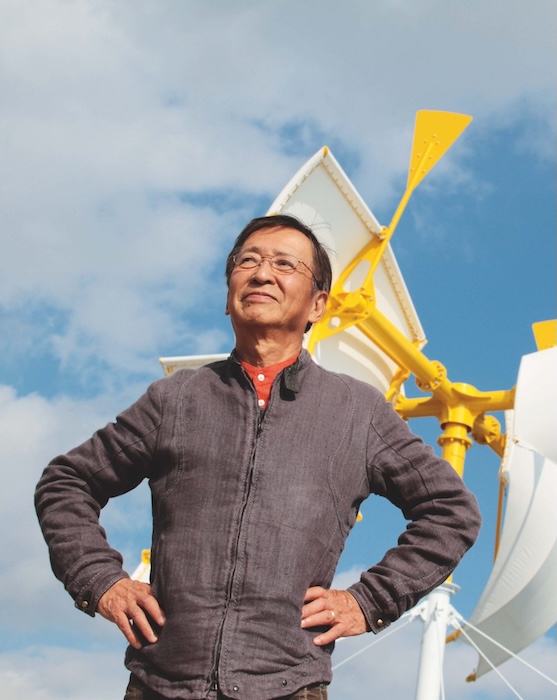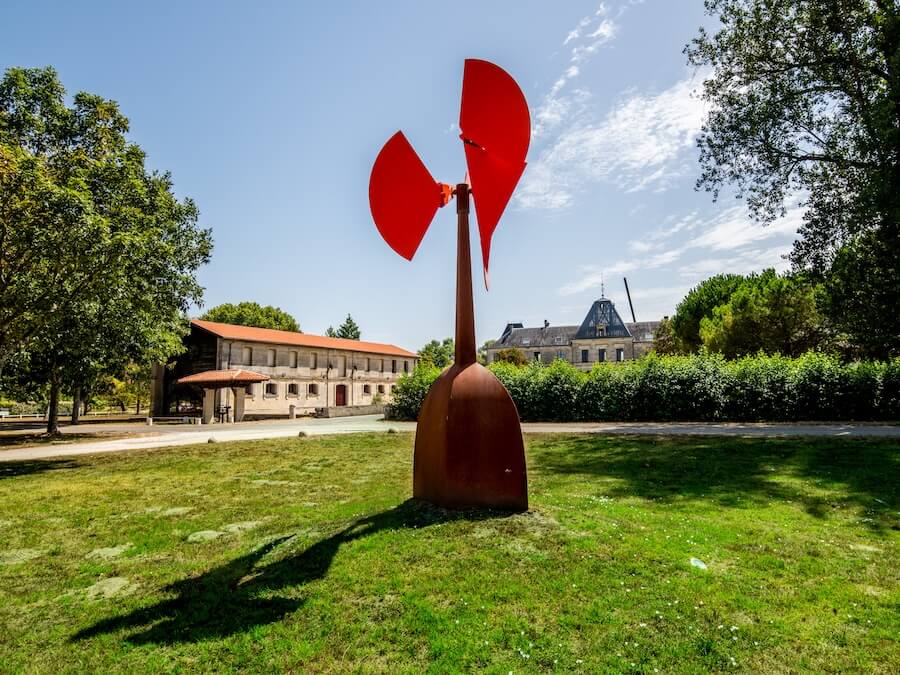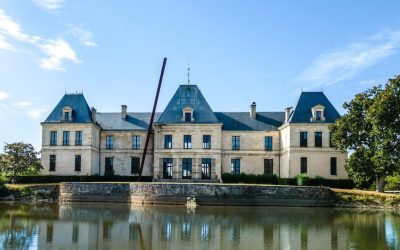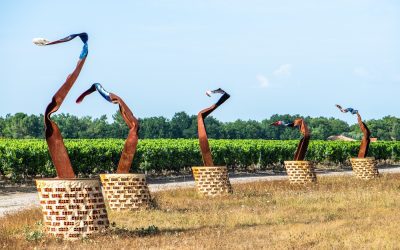Susumu Shingu, a Japanese sculptor born in Osaka in 1937, is globally recognized for his kinetic sculptures, set in motion by natural forces. Through his elegant and silent works, he invites us to listen to nature and see the invisible.

Trained in oil painting at Tokyo University of the Arts (graduated in 1960 under the direction of Ryohei Koiso), Susumu Shingu then went to Rome on a scholarship from the Italian government. At the Academy of Fine Arts (1960–1962), he discovered abstraction and, above all, the importance of movement.
The spark came when he observed the wind making one of his canvases undulate. He then decided to turn to kinetic sculpture, seeking to make movement perceptible in a three-dimensional way. He adopted durable materials such as stainless steel or Teflon, capable of resisting the elements.
An International Journey between Nature and Architecture
Back in Japan, he received decisive support from an industrialist who provided him with a studio and engineers. In 1977, he erected his first monumental work: Path of the Wind, 20 meters high. He became one of the eight Japanese artists chosen to represent their country at Expo ’70 in Osaka.
Shingu installs sculptures around the world: Gift of the Wind (1983) in Cambridge (USA), in front of Porter station, or Boundless Sky (1994) at Kansai Airport, in collaboration with Renzo Piano. Together, they also designed major works in New York: Dialog with the Sun (1995), Distant Sky (2012), and Rainbow Leaves (2021).
In 2012, he inaugurated the Susumu Shingu Wind Museum in Sanda, near Kobe, an open-air sculpture garden designed to be animated by the breath of the wind. Since 2019, he has also been developing a utopian project there, Atelier Earth, blending art, ecology, and architecture.
A Philosophy of Nature
Shingu defines himself as a “philosopher of nature”. He draws inspiration from biomimicry and translates invisible forces — wind, water, light — into visible and poetic movements. His forms evoke birds, clouds, seeds, leaves, or constellations.
To perfect his mechanisms, he studies naval technology and aerodynamics. His work combines engineering precision and contemplative lightness.
Through his works, he seeks to awaken ecological awareness and reconnect humanity with natural rhythms.
Since the 1960s, Shingu has exhibited on all continents:
- Windcircus (USA, 1988)
- EXPO’98 in Lisbon
- Champs de la Sculpture 2000 in Paris
- Numerous solo exhibitions in Europe, Japan, the United States
In 2025, the Japan Society Gallery in New York will dedicate a major retrospective to him: Susumu Shingu: Elated!
Shingu also works for traditional Japanese theater (such as Noh) and has published more than twenty books — several of which are for young people — dedicated to nature and the poetry of the living world.
He still lives and works in Sanda, in Hyōgo Prefecture
“the Wings of the Earth” and “the Sun Tree” at Château d’Arsac
At Château d’Arsac, two emblematic works by Susumu Shingu dialogue with nature:
- The Wings of the Earth (2005): kinetic sculpture with forms evoking bird wings, animated by the winds of Médoc. Its presence, sometimes silent, sometimes dancing, transforms the space into a poetic experience.
- The Sun Tree (2007): a monumental work located in front of the Winery, which gracefully unfolds as it awakens with the breath of the wind. It embodies the symbiosis between light, movement, and the architecture of the estate.
These two sculptures are now an integral part of Arsac’s DNA, “each oscillating between apparent stability and invisible energy”
Susumu Shingu sculpts the invisible. Through his aerial works, he translates the language of nature and invites us to slow down, listen, and feel. The Wings of the Earth & The Sun Tree, at Château d’Arsac, remind us that art can be born from the breath of the world.
“the Wings of the Earth” and “the Sun Tree” at Château d’Arsac
To discover, along with other artists, on our Art & Vines page
https://chateau-arsac.com/art-contemporain-vigne-alliance-chateau-arsac/






